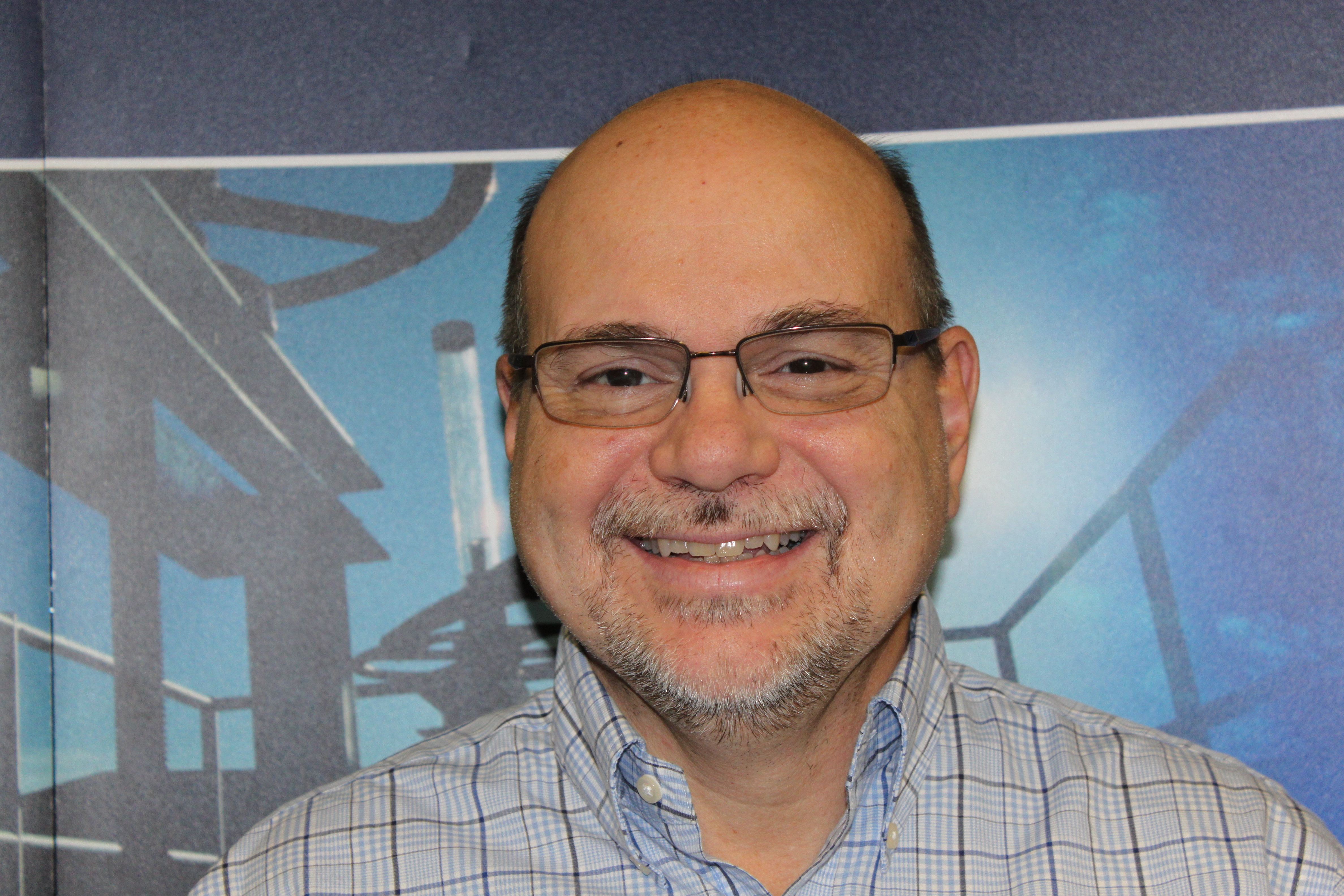64 What is TPM with Greg Folts
TPM or Total Productive Maintenance is a partnership between all those people who are responsible for the equipment that includes maintenance, operations, and engineering departments, usually to take better care of the equipment. The goal here is to select the best assets and maintain them properly in order to get optimal performance. There are five pillars of TPM and these are:
- Maintenance Excellence is related to the operations department who is responsible for using best practices to make sure all the system work at their best in the organizations. These include planning and scheduling activities, better storeroom control, and effective strategies for preventive and predictive maintenance. These are the activities that help the maintenance operations perform effectively.
- Basic Equipment Care that literally is about taking good care of your equipment. The small things like cleaning, washing, and lubricating your assets increase the life time of those assets. To have methods like root cause analysis in place and the operators working to avoid any damage to the equipment by inspecting it for problems and then fixing those issues increases the value of that equipment in the long-term.
- Equipment Improvement means reducing those recurring problems that cause the failures in the products. It is always an important part of the equipment strategy.
- Equipment Design Excellence includes purchasing, selecting, and installing the equipment correctly before the start of production. Everyone needs to be part of this process for better selection, designing, and standardizing of the equipment.
- People will also need Skills and Knowledge which is actually in the middle of everything. Without the necessary training and proper experience, none of the above pillars will stick. The operators need to have that knowledge to do things what they are doing right for the better safety of the equipment. They need to be professionally trained to run the machines and deal the equipment problems.
The results for taking these steps will be increased uptime. Then on a higher level, the production will significantly increase and on a lower level, you will be able to achieve reliability, efficiency, and effectiveness. You will need to everyone bring together to work as one unit to reduce costs in purchasing and selecting the right equipment for your needs. You will need to understand the gaps in TPM while partnering with all the departments. Getting the support of Leadership, middle management, and the shop floor is important for building a sustainable TPM strategy.
Even if you don t have the extra resources, you can make sure that the existing reliability programs provide the required reliability for better performance of the equipment that will add to the value of your organization. You need to take into account the profitability of the company by improving your day to day activities to make your predictive maintenance strong. Having your leadership in place to provide you a direction and then help you move forward in that direction by engaging with the shop floor is the key.
Eruditio, LLC Links:
- Eruditio, LLC
- A Smarter Way of Preventative Maintenance – Free eBook
- Maintenance Planning & Scheduling: Planning for Profitability Video Course
Greg Folts & Marshall Institute Links:
The post 64 What is TPM with Greg Folts appeared first on Accendo Reliability.

